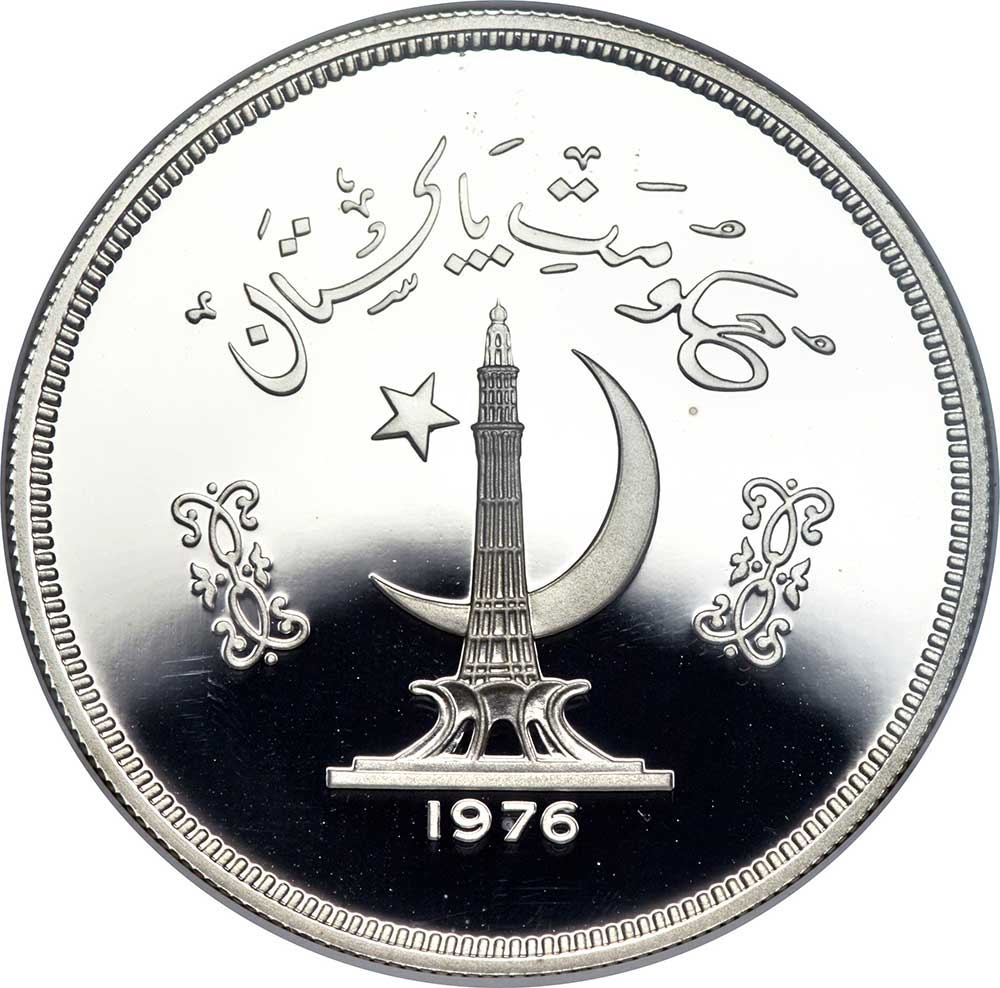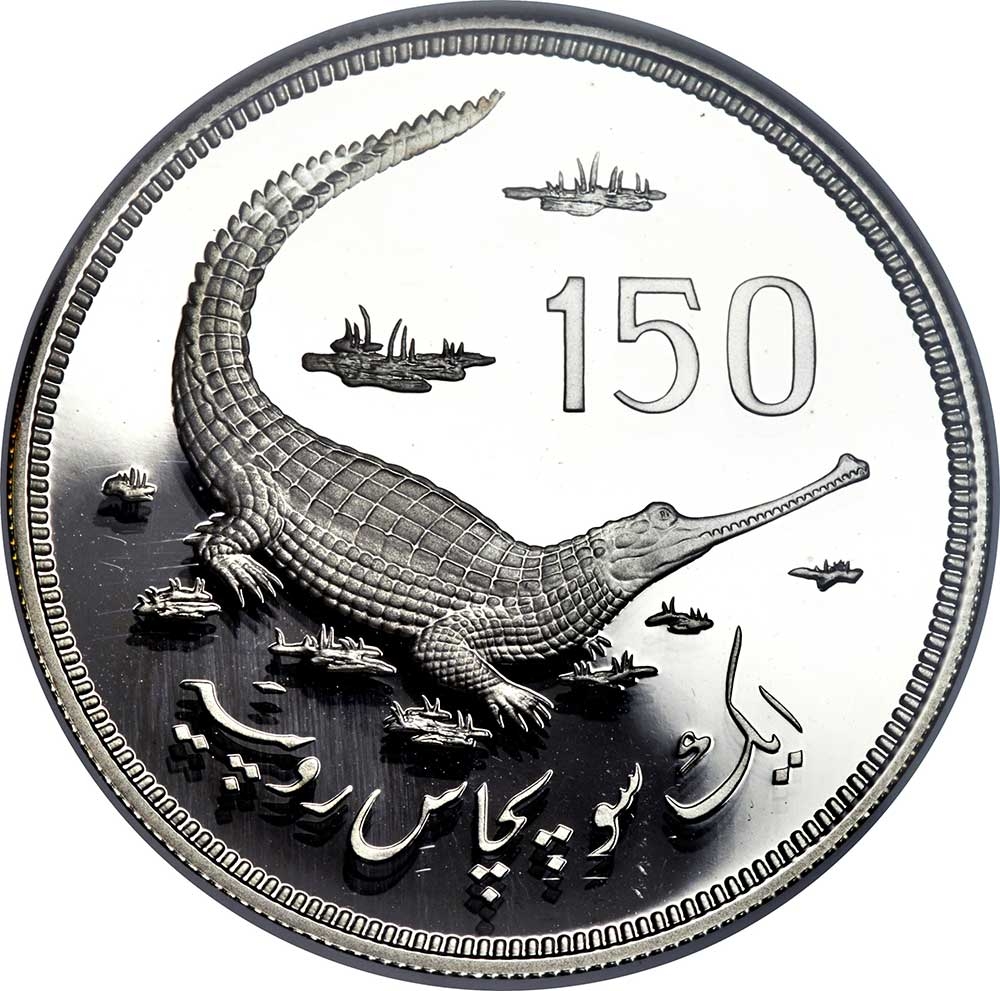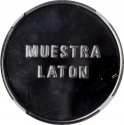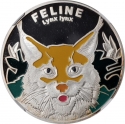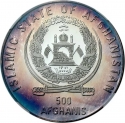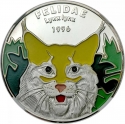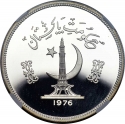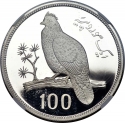You are about to finish your registration. Please check your mailbox (including spam folder). There should be a letter with a confirmation link. Check setting to make sure that your e-mail address is correct.
Send letter againDescription
Wildlife conservation involves safeguarding wild species and their habitats to ensure the health of wildlife populations and the preservation, protection, or enhancement of natural ecosystems. Threats to wildlife encompass habitat destruction, degradation, fragmentation, overexploitation, poaching, pollution, climate change, and illegal wildlife trade. The IUCN estimates that 42,100 species are at risk of extinction, and a 2019 UN report suggests this number may be as high as a million species. Recognizing the disappearance of ecosystems with endangered species, national and international efforts, along with conservation agreements like CITES and CBD, aim to address these challenges. Various NGOs, such as the Nature Conservancy, World Wildlife Fund, Wild Animal Health Fund, and Conservation International, contribute significantly to wildlife preservation.
Obverse

|
Depicts a crescent and star behind the Minar-e-Pakistan, with "Government of Pakistan" written above in Urdu, and the date below. حکومت پاکستان |
|---|---|
Reverse

|
Depicts a gavial crocodile in a marshland, value in Urdu letters at the bottom and numeral upright. ایک سو پچاس روپیہ |
| Edge |
150 Rupees
Conservation
Gavial Crocodile
Subscribe series
KM# 42 Schön# 43
Conservation
Gavial Crocodile
